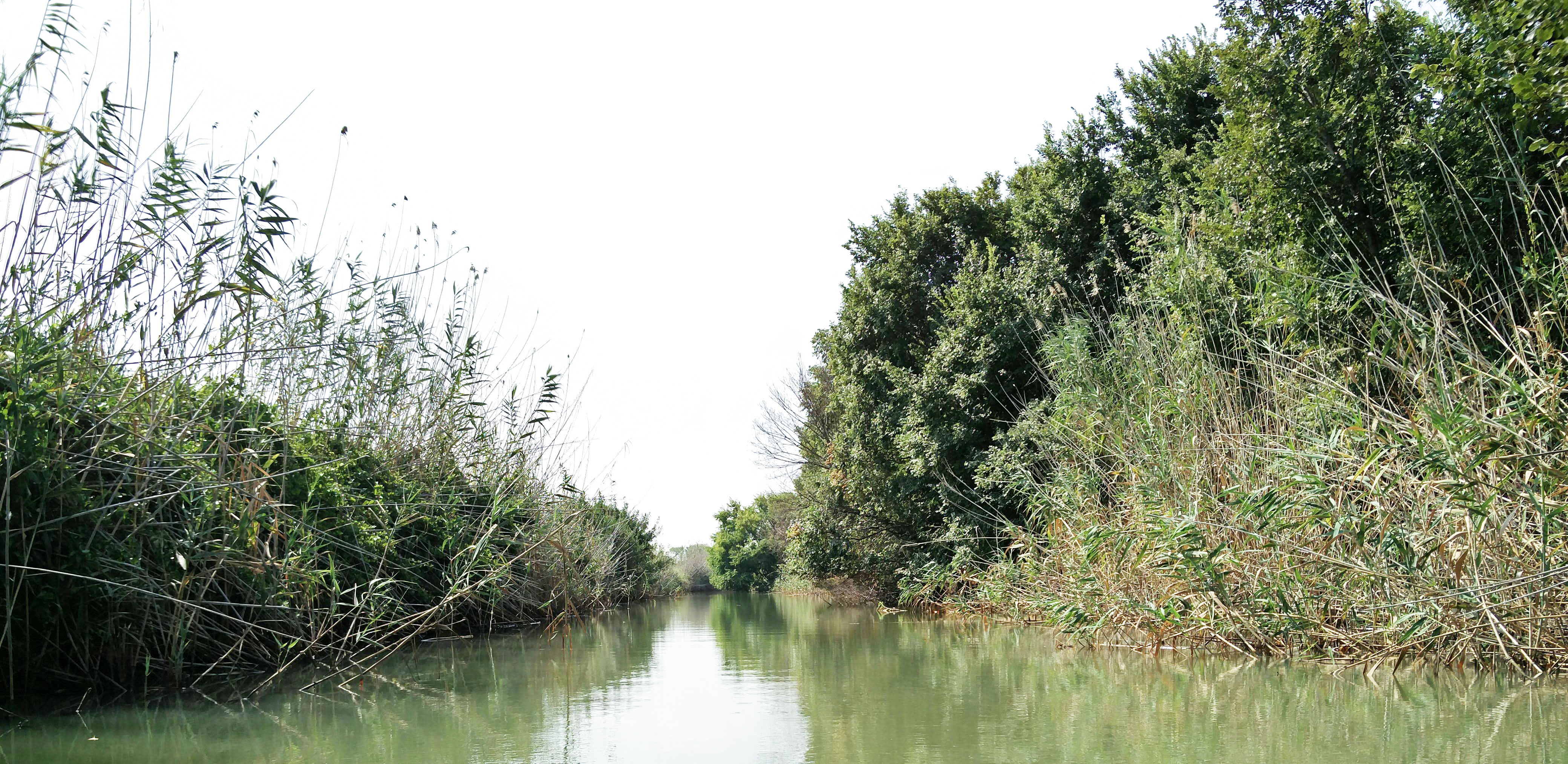Simplification is a crucial and sometimes unavoidable step for the physical description of reality. In the study and modelling of flow in natural watercourses, significant simplifications have been traditionally introduced as to handle the complexity deriving from the presence of vegetation. In many watercourses, flow and vegetation mutually interact resulting in complex flow patterns that affect the mass and energy transport processes. Accurately modelling such interaction is therefore of crucial importance for properly addressing issues like flood risk management, transport of sediments, erosion, and transport and fate of pollutants.
 Vegetation is a fundamental component of hydro-ecosystems (photo by Gerardo Caroppi).
Vegetation is a fundamental component of hydro-ecosystems (photo by Gerardo Caroppi).
Faced with the challenging task of representing vegetation in laboratory and numerical models, researchers have mainly simulated vegetation as simple rigid cylinders. Such representation neglects important flow-influencing mechanisms exhibited by natural vegetation and is quite far from reality for many ecologically-important environmental settings. Floodplains and river margins are generally populated by a variety of different species ranging from grasses to shrubs and trees. Such vegetation presents a peculiar structure with branches and leaves and, under the flow forcing, bends and moves, giving rise to a complex flow-vegetation interaction.
 A laboratory setup at the EHL (photo by Gerardo Caroppi).
A laboratory setup at the EHL (photo by Gerardo Caroppi).
At the Environmental Hydraulics Lab (EHL) we investigate how to effectively translate the complexity of natural hydro-environmental settings into laboratory and numerical models of vegetated flows. In our experiments, carried out in laboratory controlled conditions, vegetation is represented by natural-like plants that closely reproduce the hydrodynamic behavior of vegetation commonly found in riparian areas. By introducing controlled elements of realism in the vegetation representation we aim at improving the understanding of hydrodynamic processes occurring in natural systems.
My research at the EHL started between 2017 and 2018, during my PhD. As a visiting student from University of Naples, I spent a semester (including an exceptionally snowy winter) at Aalto University within the water resources management and environmental hydraulics research team. From that visiting period, my collaboration with the team has become progressively more intense till the starting of my postdoc here at Aalto University.
Gerardo Caroppi

